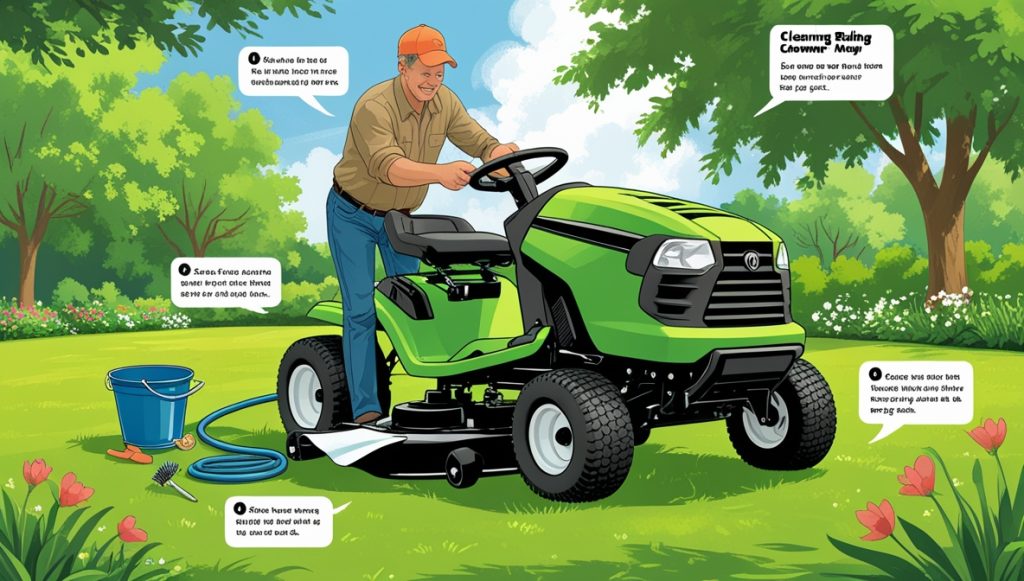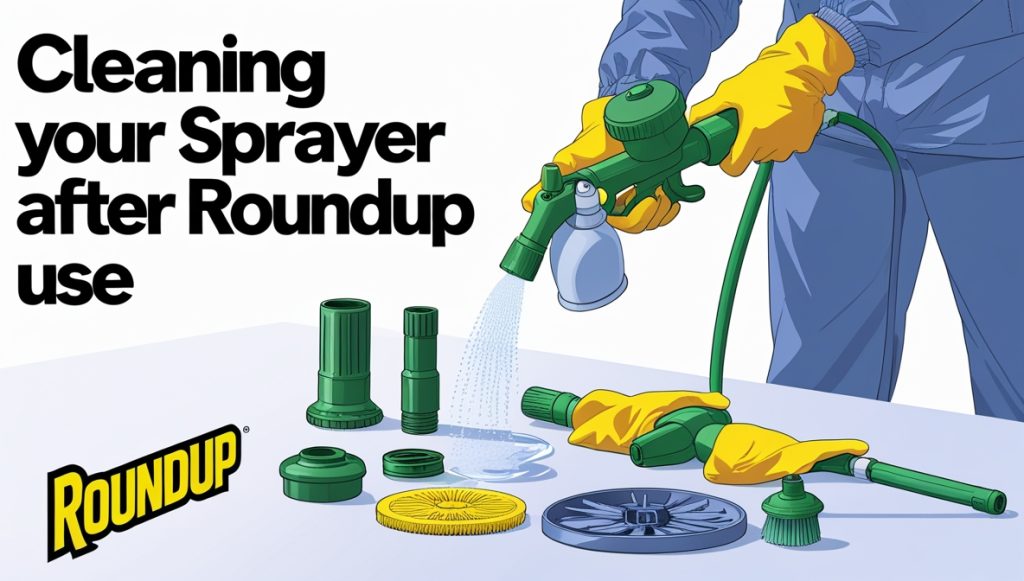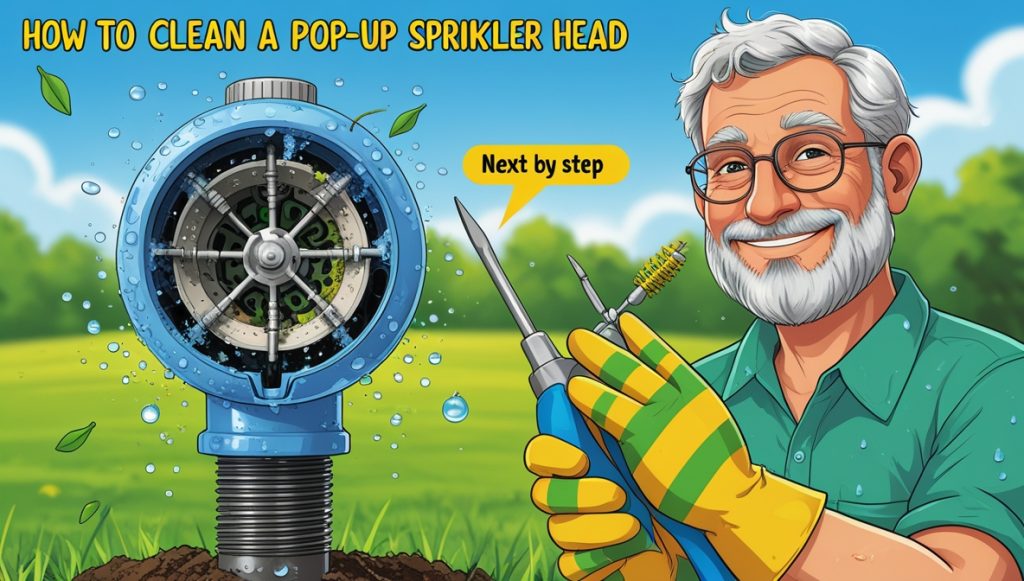Maintaining a pristine lawn is a point of pride for many homeowners, but few things are as frustrating as a lawn trimmer string that constantly jams. Whether you’re edging along your driveway or tackling overgrown weeds, a jammed trimmer can turn a simple task into a time-consuming ordeal. If you’ve found yourself repeatedly stopping to untangle or fix your trimmer line, you’re not alone. In this blog post, we’ll dive deep into why your lawn trimmer string keeps jamming, how to troubleshoot the issue, and practical solutions to keep your trimmer running smoothly. By the end, you’ll have all the knowledge you need to maintain your lawn like a pro.
Why Does My Lawn Trimmer String Keep Jamming?
Before we explore solutions, it’s essential to understand the root causes of a jamming trimmer string. A trimmer—also known as a weed eater, string trimmer, or weed whacker—relies on a spool of nylon string that spins at high speeds to cut through grass and weeds. When this string fails to feed properly or gets tangled, the trimmer jams. Here are the most common reasons this happens:
- Improper Spool Winding
The way the trimmer string is wound onto the spool plays a significant role. If the line is wound unevenly, too tightly, or in the wrong direction, it can bind up and fail to feed correctly. - Low-Quality or Incorrect String
Not all trimmer strings are created equal. Using a line that’s too thick, too thin, or incompatible with your trimmer model can lead to frequent jams. - Worn or Damaged Spool Components
Over time, the spool, spool cover, or feeding mechanism can wear out or become damaged, causing the string to catch or tangle. - Debris Buildup
Grass clippings, dirt, and small twigs can accumulate inside the trimmer head, obstructing the string’s movement and leading to jams. - Overheating or Melting
High-speed spinning generates heat, and in some cases, the nylon string can melt together, especially if you’re trimming for extended periods without breaks. - User Error
Incorrect operation, such as bumping the trimmer head too hard or using it at the wrong angle, can disrupt the string-feeding mechanism.
Understanding these causes is the first step to resolving the issue. Let’s move on to actionable solutions to prevent and fix a jamming lawn trimmer string.
Step-by-Step Solutions to Fix a Jamming Trimmer String
Now that you know why your trimmer string might be jamming, let’s walk through practical steps to address the problem. These solutions range from quick fixes to preventative maintenance tips, ensuring your lawn trimmer stays jam-free.
1. Check and Rewind the Spool Properly
The spool is the heart of your trimmer’s string system, and improper winding is a leading cause of jams. Here’s how to rewind it correctly:
- Turn Off and Unplug the Trimmer: Safety first—ensure the trimmer is powered off (and unplugged if electric) before working on it.
- Remove the Spool: Consult your trimmer’s manual to remove the spool cover and take out the spool. Most trimmers have a release tab or screw system.
- Inspect the String: Look for tangles, overlaps, or uneven winding. If the string looks messy, it’s time to rewind.
- Rewind the Line: Use the correct string size (check your manual for specifications, typically 0.065” to 0.095” in diameter). Wind the string evenly in the direction indicated by the arrow on the spool. Avoid overlapping or winding too tightly, as this can cause binding.
- Leave a Tail: Leave about 6 inches of string unwound to feed through the trimmer head’s eyelets.
- Reassemble: Secure the spool back into the trimmer head and test it.
Pro Tip: If your trimmer uses a dual-line spool, wind both lines in the same direction and keep them separated to avoid tangling.
2. Use the Right Trimmer String
Using the wrong string is a recipe for jams. Here’s how to choose the correct one:
- Match Your Trimmer’s Specs: Check your owner’s manual for the recommended string diameter and type. Common sizes include 0.065” for light-duty trimming and 0.095” for tougher weeds.
- Opt for Quality: Invest in high-quality nylon string from reputable brands like Oregon, Echo, or Husqvarna. Cheap strings are more prone to breaking and melting.
- Consider Shape: Round strings are standard, but square or twisted strings cut better and are less likely to jam in heavy vegetation.
If you’ve been using an incompatible or low-quality string, replace it and see if the jamming stops.
3. Clean the Trimmer Head Regularly
Debris buildup can clog the spool and jam the string. Regular cleaning keeps everything running smoothly:
- Disassemble the Head: Remove the spool and cover as described earlier.
- Brush Away Debris: Use a small brush (like an old toothbrush) or compressed air to remove grass, dirt, and dust from the spool housing, eyelets, and feeding mechanism.
- Check for Damage: Look for cracks, wear, or melted plastic on the spool or cover. Replace any damaged parts.
- Lubricate (if applicable): Some trimmers benefit from a light application of silicone lubricant on moving parts (check your manual first).
Cleaning should be part of your routine maintenance—do it after every few uses, especially if you’re trimming thick or wet grass.
4. Inspect and Replace Worn Parts
Over time, components like the spool, spring, or bump-feed mechanism can wear out. Here’s how to handle it:
- Examine the Spool: If it’s cracked or warped, replace it with a compatible part from your trimmer’s manufacturer.
- Check the Spring: The spring in bump-feed trimmers helps the string advance. If it’s weak or missing, the string won’t feed properly—replace it.
- Look at the Head: A damaged trimmer head may need a full replacement. Order a new one if you notice significant wear.
Replacement parts are usually affordable and available online or at hardware stores. Keep spares on hand to minimize downtime.
5. Avoid Overheating
If your string melts and fuses together, overheating is likely the culprit. Prevent this by:
- Taking Breaks: Pause every 15-20 minutes during extended use to let the trimmer cool down.
- Trimming in Shorter Bursts: Avoid continuous pressure on the trigger; pulse it instead.
- Using Proper Technique: Hold the trimmer at a slight angle and avoid pressing it into dense material for too long.
If melting persists, switch to a heat-resistant string designed for high-speed trimmers.
6. Master Proper Trimmer Operation
User error can contribute to jams, so refine your technique:
- Bump Gently: For bump-feed trimmers, tap the head lightly on the ground to advance the string—don’t slam it.
- Keep the Head Level: Tilting the trimmer too much can misalign the string and cause tangling.
- Avoid Overloading: Tackle thick weeds gradually rather than forcing the trimmer through them.
Practice these habits, and you’ll reduce strain on the string system.
Preventative Tips to Keep Your Trimmer String Jam-Free
Fixing a jam is one thing, but preventing it is even better. Here are long-term strategies to maintain a smooth-running trimmer:
- Store Properly: Keep your trimmer in a dry, cool place to prevent string degradation. Avoid leaving it in direct sunlight or humid garages.
- Pre-Cut String for Manual Trimmers: If your trimmer doesn’t use a spool, cut string segments to the exact length recommended by the manufacturer.
- Upgrade to a Pre-Wound Spool: Many brands offer pre-wound spools that eliminate winding errors—just pop them in and go.
- Regular Maintenance: Clean, inspect, and replace parts as needed to catch issues early.
By staying proactive, you’ll spend less time troubleshooting and more time enjoying your lawn.
Troubleshooting Persistent Jamming Issues
If you’ve tried everything and the string still jams, consider these advanced steps:
- Test a New Spool: Sometimes the spool itself is defective. Swap it out for a fresh one.
- Check the Motor: For electric or gas trimmers, a weak motor might not spin the head fast enough, causing jams. Have it serviced by a professional.
- Consult the Manufacturer: Reach out to customer support or check online forums for model-specific advice.
Persistent jams might indicate a deeper mechanical issue, so don’t hesitate to seek expert help.
Best Lawn Trimmer Models for Jam-Free Performance
If your trimmer is old or prone to jamming despite your efforts, it might be time for an upgrade. Here are some top-rated models known for reliable string feeding:
- STIHL FS 56 RC-E
A gas-powered trimmer with an Easy2Start system and durable spool design. - BLACK+DECKER LST136
A cordless electric trimmer with an automatic feed spool (AFS) that minimizes jams. - Echo SRM-225
A lightweight gas trimmer with a Speed-Feed head for quick, tangle-free reloading.
When shopping, look for features like auto-feed systems or quick-load spools to reduce jamming risks.
Conclusion: Say Goodbye to Lawn Trimmer String Jams
A lawn trimmer string that always jams doesn’t have to derail your yard work. By understanding the causes—improper winding, poor-quality string, debris buildup, or user error—you can take targeted steps to fix the problem. Rewind the spool correctly, use the right string, clean regularly, and refine your technique to keep your trimmer humming along. With a little care and maintenance, you’ll conquer even the wildest lawns without frustration.
Have a persistent jamming issue or a tip that worked for you? Drop a comment below—we’d love to hear your thoughts! And if you found this guide helpful, share it with fellow lawn enthusiasts to help them tame their trimmers too.






